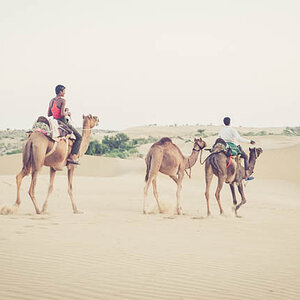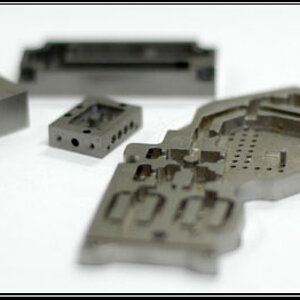zoned03
TPF Noob!
- Joined
- Feb 22, 2017
- Messages
- 2
- Reaction score
- 0
- Can others edit my Photos
- Photos OK to edit
I want to create some photos with the subject at the bottom of the frame and lots of space above them but without pointing the camera upwards. What lens would work best for this and how do people get this look? Or are they just shooting with subject in the center and cropping?
Some examples:
http://mmm.electricpulp.com/wp/wp-content/uploads/2016/11/bad-weather-wedding-photos-5.jpg
http://hensethename.com/site_uploads/work_images/_thumb/HENSE_BeltLine_Mural_2014.jpg
Some examples:
http://mmm.electricpulp.com/wp/wp-content/uploads/2016/11/bad-weather-wedding-photos-5.jpg
http://hensethename.com/site_uploads/work_images/_thumb/HENSE_BeltLine_Mural_2014.jpg




![[No title]](/data/xfmg/thumbnail/37/37633-94737d4436dff45b827dcc332ff7fba9.jpg?1619738156)
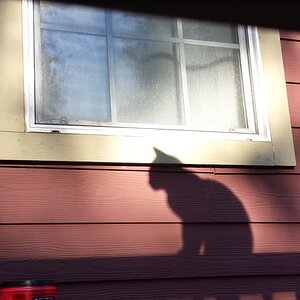
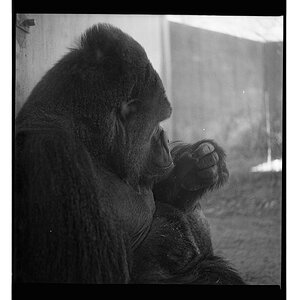

![[No title]](/data/xfmg/thumbnail/37/37489-27b092c23ed6ad63eee4cd03f96a311a.jpg?1619738111)

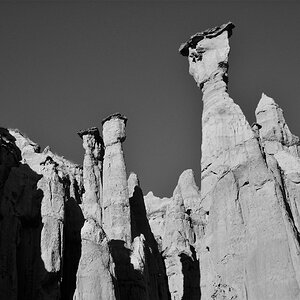
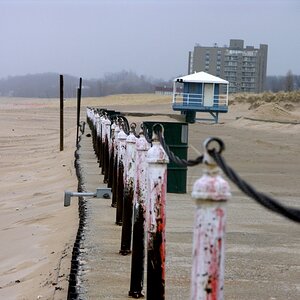
![[No title]](/data/xfmg/thumbnail/37/37487-ad3e64cc240e01884ca21a4f8e500b26.jpg?1619738111)
![[No title]](/data/xfmg/thumbnail/37/37636-e02c7efccb426a8951ed97a37c0f9307.jpg?1619738157)
